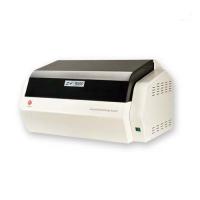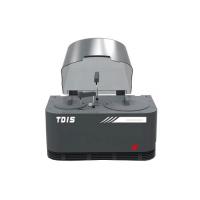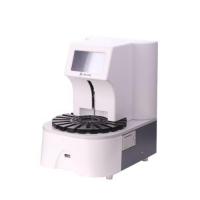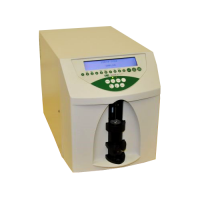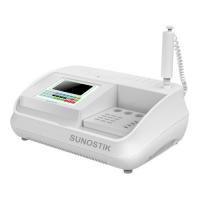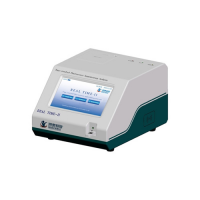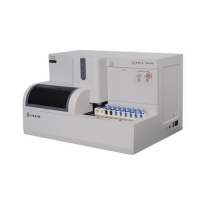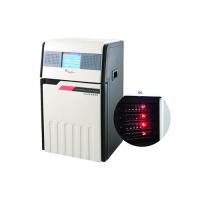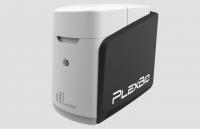Product Specification
| Brand | AccuBioTech Co., Ltd. |
| Condition | New |
| Warranty | YES |
Product Descriptions
PRINCIPLES OF OPERATION1. Cell Counting PrincipleABHA-4K samples the appropriate dilutions prepared from whole blood to count and size WBC, RBC, PLT, and to measure HGB.The diluted specimens are aspirated into the RBC and WBC apertures under a negative pressure. The Volumetric Assembly contains a precision glass tube (volumetric tube) fitted with two optical sensors. This tube ensures that a precise amount of diluted specimen is measured during each count cycle. The distance between the two optical sensors determines the volume of diluted specimen.White Blood Cell, Red Blood Cell and Platelet are counted and sized by the Electrical Impedance Method. This method is based on the measurement of changes in electrical resistance produced by a particle passing through an aperture. Electrodes are submerged in the liquid on each side of the aperture to create an electrical pathway. As blood cells are non-conductive, when they pass through the aperture, they cause an increase in impedance, electric impedance directly proportioned to the cell size.The instrument counts individual cells and sorts them by size. The number of cells counted by the instrument is much greater than the number counted under a microscope, overcoming the unfavorable influence on the counting by human factors, thereby substantially improving the accuracy and reducing the statistical error.2. Control of SamplesVolume Metering A volume of dilution is drawn through a 70μm aperture of RBC and a 100μm aperture of WBC to be counted. The ABHA-4K hematology analyzer employs an optically sensed volumetric metering system to determine the sample volume aspirated through the aperture. Each count cycle starts when the liquid surface passes the upper sensor of the volumetric tube and ends till the lower sensor is reached. If bubbles or an abnormal flow rate are detected, the system produces alarms. Refer to the Section 9 of this manual for troubleshooting.1) DilutionIn whole blood, the cells are too close to each other to identify and measure in the counting transducer. For this reason, dilutions are prepared for whole blood to disperse the cells so that, in most cases, the cells pass through the aperture individually. Also in this way, the conductive environment for cell counting and sizing is available.



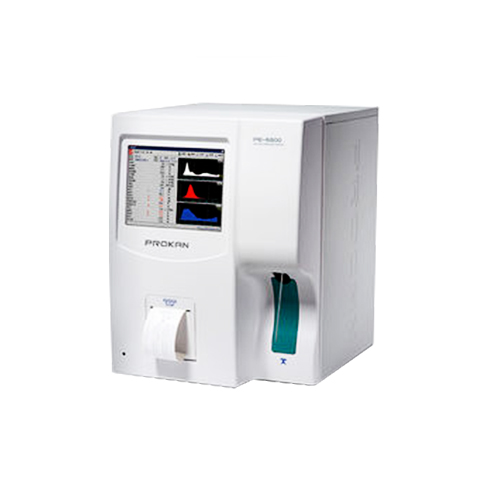
 Safe and secure payments using Abraa safe trade systems
Safe and secure payments using Abraa safe trade systems  \
\
